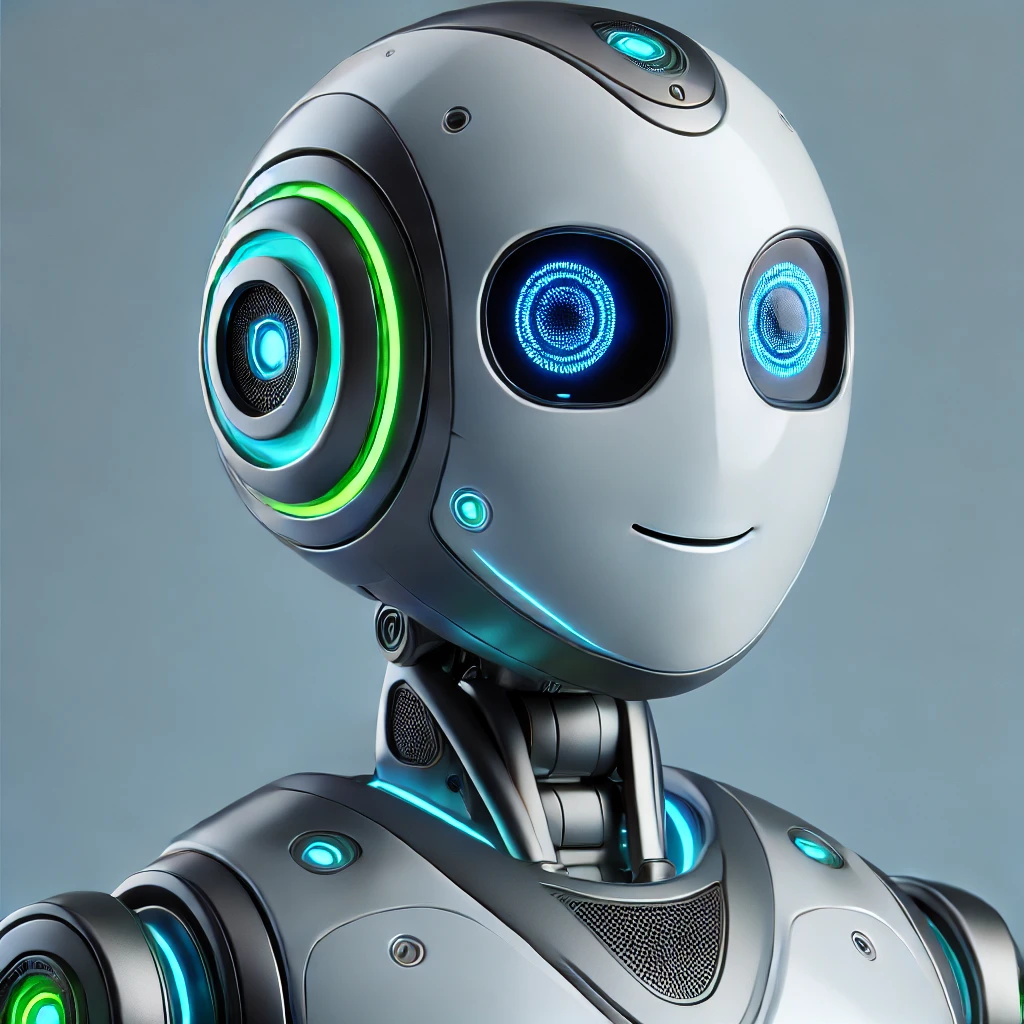How Automation and Generative AI Can Help a High School Math Teacher
-
 Sam Tech
Sam Tech - 27 Jul, 2024

High school math teachers often juggle numerous responsibilities, from lesson planning and classroom instruction to grading and providing personalized support to students. Automation and generative AI offer innovative solutions to streamline these tasks, enabling teachers to focus more on student engagement and less on administrative duties. This post delves into the specific ways these technologies can be harnessed in a high school math classroom.
The Role of Automation in Education
Streamlining Administrative Tasks
Automation can handle repetitive administrative tasks such as attendance tracking, assignment collection, and grade recording. Tools like automated attendance systems and online grading platforms reduce the time teachers spend on these tasks, allowing them to dedicate more time to instructional activities.
Enhancing Communication
Automated communication tools can send reminders about homework, upcoming tests, or parent-teacher meetings. These tools ensure that students and parents stay informed without requiring constant manual effort from the teacher.
Automated Assessment and Grading
Grading can be a time-consuming process, especially for math assignments that involve complex calculations. Automated grading systems can instantly grade multiple-choice questions, fill-in-the-blank responses, and even some types of open-ended questions, providing immediate feedback to students and freeing up the teacher’s time.
Generative AI in the Math Classroom
Creating Customized Lesson Plans
Generative AI can assist in creating customized lesson plans tailored to the needs of different student groups. By analyzing data on student performance, AI can suggest specific topics that require more focus and generate practice problems that target areas of difficulty.
Generating Practice Problems
AI-powered tools can generate a wide variety of practice problems at different difficulty levels. This ensures that all students, regardless of their proficiency, have access to relevant practice material that can help them improve.
Providing Personalized Learning Paths
Generative AI can analyze student performance data to create personalized learning paths. These paths adapt to each student’s strengths and weaknesses, offering targeted exercises and resources that help students progress at their own pace.
Real-World Applications of Automation and AI in Math Education
Adaptive Learning Platforms
Adaptive learning platforms use AI to adjust the difficulty and type of content based on a student’s performance. This personalization helps keep students engaged and challenged, providing a more effective learning experience.
Virtual Tutors
AI-powered virtual tutors can provide instant assistance to students outside of classroom hours. These tutors can answer questions, explain concepts, and guide students through problem-solving processes, offering support similar to one-on-one tutoring.
Automated Feedback Systems
Automated feedback systems can provide detailed feedback on student assignments, highlighting areas of strength and suggesting improvements. This immediate feedback helps students understand their mistakes and learn from them quickly.
Benefits of Using Automation and AI in the Classroom
Time Savings
One of the most significant benefits of automation and AI is the amount of time they save teachers. By automating routine tasks, teachers can spend more time on activities that directly impact student learning, such as lesson planning and one-on-one instruction.
Improved Student Engagement
Personalized learning experiences and instant feedback keep students engaged and motivated. When students receive immediate support and relevant practice materials, they are more likely to stay on track and improve their performance.
Enhanced Learning Outcomes
Automation and AI can help identify areas where students are struggling and provide targeted interventions. This personalized approach leads to better understanding and retention of mathematical concepts, ultimately improving overall learning outcomes.
Challenges and Considerations
Data Privacy and Security
When implementing AI and automation tools, it’s crucial to ensure that student data is protected. Schools must adhere to data privacy regulations and use secure platforms to safeguard sensitive information.
Teacher Training
Teachers need proper training to effectively use automation and AI tools. Professional development programs should be provided to help teachers integrate these technologies into their teaching practices.
Balancing Technology and Human Interaction
While technology offers many benefits, it’s essential to maintain a balance between automated tools and human interaction. Teachers should use AI to complement their teaching, not replace it, ensuring that students still receive the personal attention they need.
Conclusion
Automation and generative AI have the potential to transform high school math education by streamlining administrative tasks, providing personalized learning experiences, and enhancing student engagement. By embracing these technologies, teachers can focus more on instruction and less on administrative burdens, ultimately improving educational outcomes for their students.
FAQs
How can automation save time for high school math teachers?
Automation can save time by handling repetitive tasks such as attendance tracking, assignment collection, and grading, allowing teachers to focus more on instructional activities.
What are adaptive learning platforms?
Adaptive learning platforms are AI-driven tools that adjust the difficulty and type of content based on a student’s performance, providing a personalized learning experience.
How can AI generate personalized learning paths for students?
AI can analyze student performance data to identify strengths and weaknesses, then create customized learning paths that offer targeted exercises and resources tailored to each student’s needs.
What are some challenges of implementing AI in education?
Challenges include ensuring data privacy and security, providing proper teacher training, and maintaining a balance between technology and human interaction.
Can AI replace teachers in the classroom?
No, AI is intended to complement teachers, not replace them. While AI can handle routine tasks and provide personalized learning experiences, human interaction and instruction are still essential components of education.
How can virtual tutors help students?
AI-powered virtual tutors can provide instant assistance with questions, explain concepts, and guide students through problem-solving processes, offering support similar to one-on-one tutoring.


